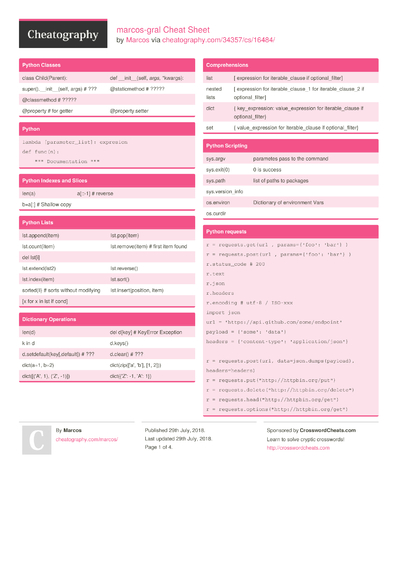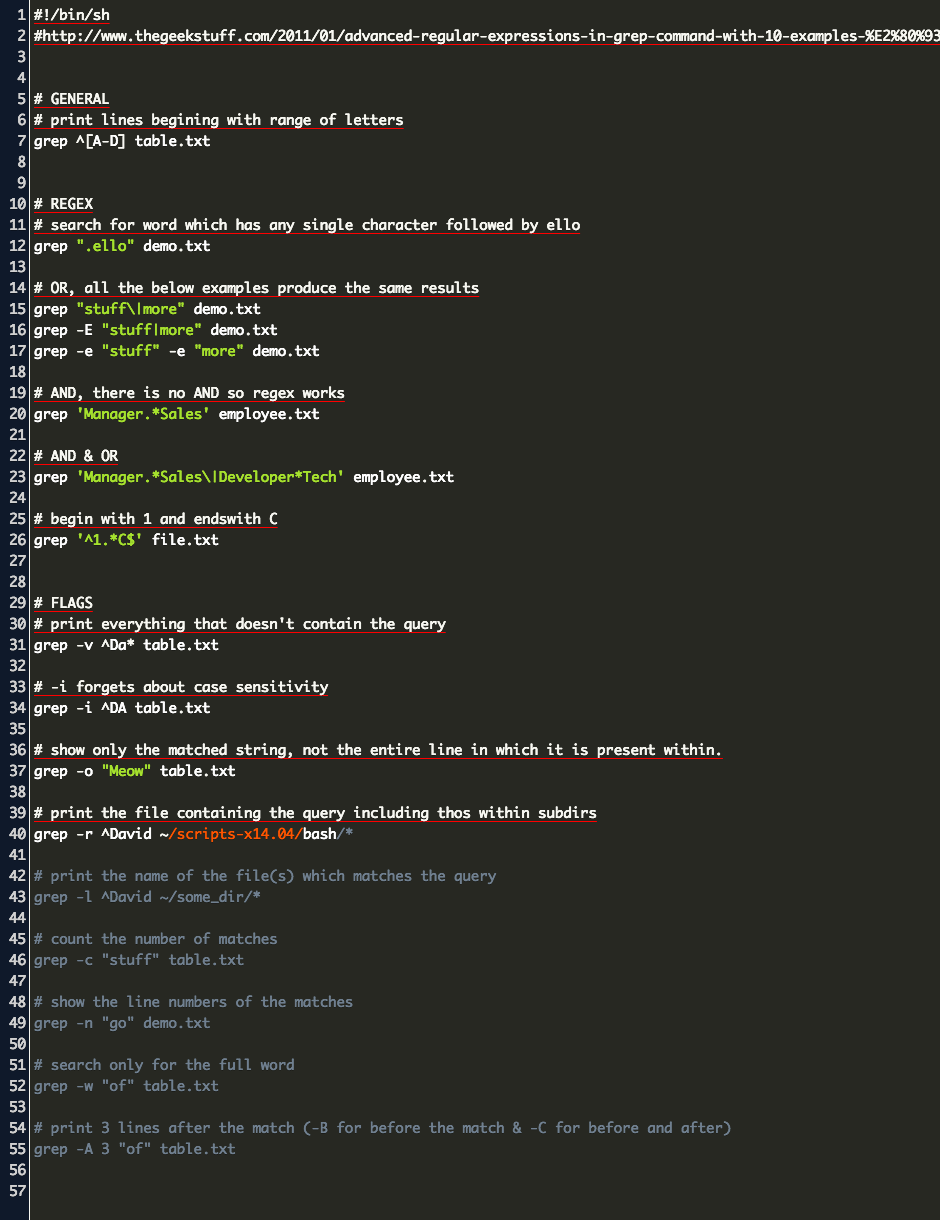
For example, grep -E '*error' file.txt will show all lines in file.txt that contain a number followed by the word “error”. Extended regular expressions add additional features, such as the ability to match multiple characters with a single expression. Regular expressions, or regex, are a powerful way to specify complex patterns to search for.

-e: Allows you to specify multiple patterns to search for.For example, grep -v error file.txt will show all lines in file.txt that do not contain the word “error”. -v: Inverts the search, showing lines that do not match the pattern.Only show lines that match the pattern exactly

Interpret the pattern as an extended regular expression Only show the names of files that contain a match Prefix each line of output with the line number Specify a file containing patterns to search for or excludeĬount the number of lines that match the pattern Invert the search, showing lines that do not match the pattern Here is my grep cheat sheet to help you get started with using grep. You can also use regular expressions, which are a powerful way to specify complex patterns to search for. Grep has many options that allow you to customize the search, such as ignoring case, showing line numbers, and searching multiple files. This will show all lines in file.txt that contain the word “error”.

Here is a basic example of using grep to search for the word “error” in a file called file.txt: grep error file.txt Grep will then output all lines that contain the pattern.

To use grep, you specify the pattern you want to search for and the file or files you want to search in. It is commonly used by programmers, system administrators, and analysts to search for specific patterns in logs, configuration files, and other types of data. Tip Run vimtutor in a terminal to learn the first Vim commands.Grep is a command-line tool that allows you to search for specific patterns or words in a file or group of files.


 0 kommentar(er)
0 kommentar(er)
